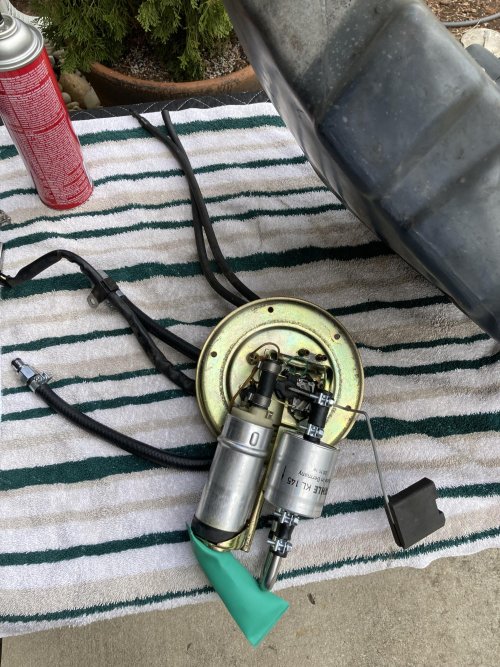txmxrider
New member
Fuel gauge is stuck showing 1/2 tank. This happened at the same time I noticed the charcoal canister was plugged up and I suspect the lack of venting caused the plastic fuel tank to collapse which dented the sending unit tube. (See photo below.) A new sending unit is $558 dollars. I doubt if I'm the first one to have this trouble so I'm wondering if anyone has ever tried to remove the dents out of one of these? Thinking something along the line of drilling a hole on the opposite side then using a drift to push the dent out from the inside then patching the hole with JB Weld but I don't know what's inside that tube. Has anyone had any luck repairing one of these?





